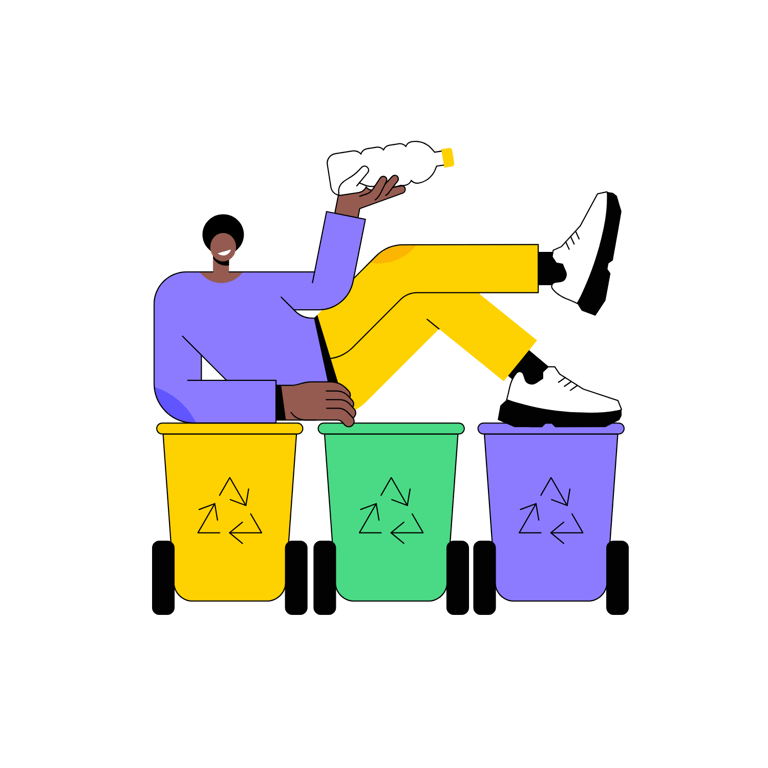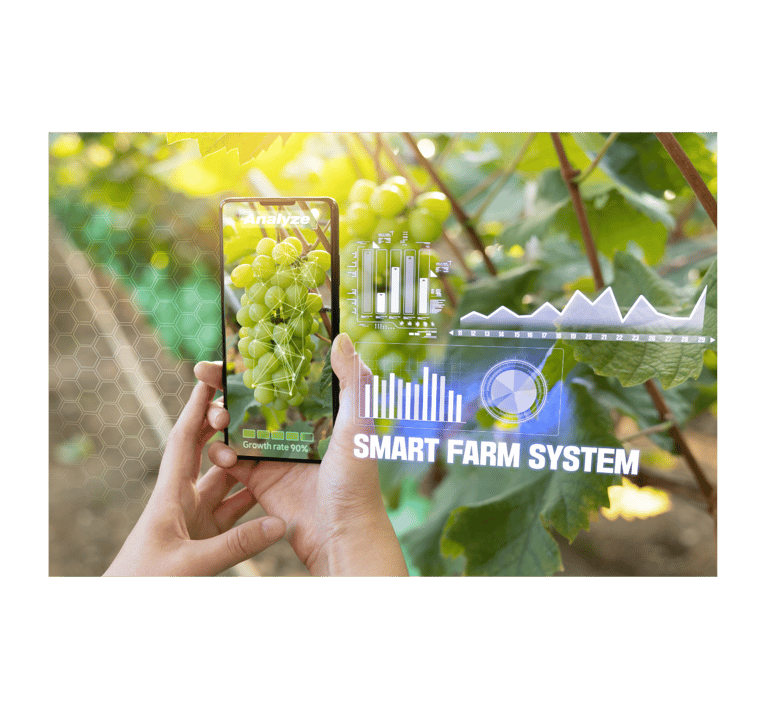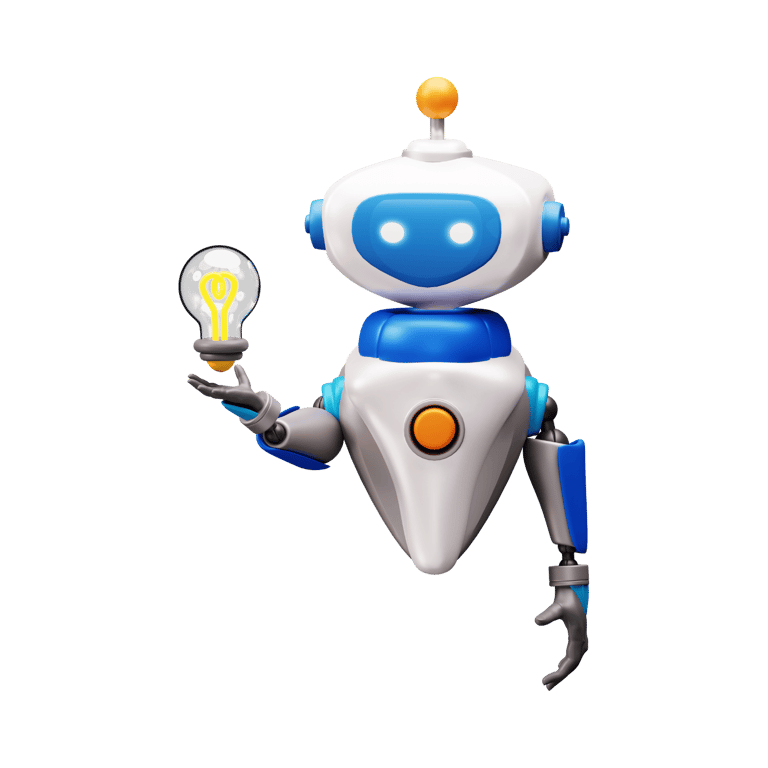Sustainability Quest Prep Tips and Tricks
Ace the Sustainability Quest with Smart Prep – Learn, Practice, and Go Green!
Theme: STEM for Sustainable Development
(Because the future belongs to innovators who build for the planet, not against it!)
🌍 What is Sustainability Day?
It’s a day to celebrate innovation with impact — using Science, Technology, Engineering, and Math (STEM) to build a sustainable future.
It’s not just a date; it’s a global call to action!
🗓 Date: October 23
🌐 Purpose: To prepare young minds to solve real-world environmental challenges using technology and design thinking.
⚡ Contest Details
Event: Learnzilla Sustainability Quest 2025 – Senior Quiz & Innovation Challenge
Who Can Join: Grades 9–12 students
Date: October 23, 2025
Format: Online quiz + optional idea pitch round
Rewards:
🏆 Top 10 winners – National e Certificate
🧠 How to Prepare
Focus on 5 futuristic themes:
🤖 AI for Earth – Data & Climate
🌱 AgriSmart Revolution – Smart Farming
♻️ Waste Not 2025 – Circular Economy
🤖 Robo Rescuers – Robotics for Environment
🏙 Build Better Now – Sustainable Infrastructure
1️⃣ AI for Earth – Tech Brains Fighting Climate Change
🔹 Key Concepts:
Artificial Intelligence (AI) helps analyze massive data to find eco-friendly solutions.
AI systems can predict floods, monitor forests, and track pollution in real-time.
Machine Learning models identify deforestation, illegal fishing, and wildlife trafficking through satellite images.
Smart grids use AI to manage electricity supply efficiently, reducing energy waste.
💡 Example:
Microsoft’s “AI for Earth” uses data analytics to support global sustainability projects.
AI models predict crop diseases and suggest timely actions to farmers.
🔹 DIY Idea:
Use an open dataset (like rainfall or pollution data) in a simple AI tool (e.g., Teachable Machine or Google Colab) to visualize climate trends.
2️⃣ AgriSmart Revolution – Clean Energy & Smart Farming
🔹 Key Concepts:
Smart farming uses IoT sensors, drones, and data to make agriculture efficient.
Soil sensors detect moisture and nutrients.
Drones monitor crop health and spray fertilizers precisely.
Solar-powered irrigation systems reduce carbon emissions and water waste.
💡 Example:
Indian startups like Fasal and CropIn use AI + IoT for precision farming.
Solar cold storage units help farmers preserve produce sustainably.
🔹 DIY Idea:
Build a Mini Smart Irrigation System using Arduino + moisture sensor + water pump powered by a solar panel.
3️⃣ Waste Not 2025 – Circular Economy & Waste-to-Wealth
🔹 Key Concepts:
Circular economy means keeping materials in use for as long as possible - reuse, repair, recycle.
Waste to wealth converts waste materials into valuable resources.
Examples: biogas from food waste, recycled plastic bricks, upcycled furniture.
STEM plays a huge role - chemical engineers, material scientists, and innovators design sustainable solutions.
💡 Example:
Plastic waste → roads (used in India by engineer Rajagopalan Vasudevan).
Organic waste → biogas for electricity.
E-waste recycling → recovery of gold, copper, and silver.
🔹 DIY Idea:
Design a poster or 3D model explaining how waste from your school can be reused or upcycled.
4️⃣ Robo Rescuers – Robotics in Environmental Monitoring
🔹 Key Concepts:
Robots can monitor air, water, and soil quality in hazardous or hard-to-reach places.
Underwater robots study coral reefs and marine life.
Drone bots track deforestation, forest fires, and pollution sources.
AI + Robotics enable faster environmental data collection and disaster response.
💡 Example:
OceanOne — a humanoid robot used for deep-sea research.
WasteBot — collects floating garbage from rivers and lakes.
Fire drones — used for early forest fire detection.
🔹 DIY Idea:
Create a simple obstacle-avoiding robot with sensors and imagine its role in a forest monitoring mission.
5️⃣ Build Better Now – Sustainable Infrastructure & Innovation
🔹 Key Concepts:
Sustainable infrastructure means buildings, roads, and cities designed to reduce environmental impact.
Uses renewable energy, green materials, and efficient designs.
Green buildings: use solar panels, rainwater harvesting, natural lighting, and ventilation.
Smart grids & smart homes: reduce waste and optimize energy use.
💡 Example:
Green Building Rating Systems (like GRIHA and LEED) promote eco-friendly construction.
3D-printed houses using recycled materials reduce construction waste.
🔹 DIY Idea:
Draw a blueprint for your dream Smart Eco Home using renewable energy and sustainable design ideas.
🌍 FUTURE BUILDERS: STEM for Planet Earth 2.0












Join our community of lifelong learners today!
Contact Us
admin@learnzilla.in
Learnzilla by
Lorven Edutainment Private Limited
© Learnzilla 2025. All rights reserved.
+91 9640531590
